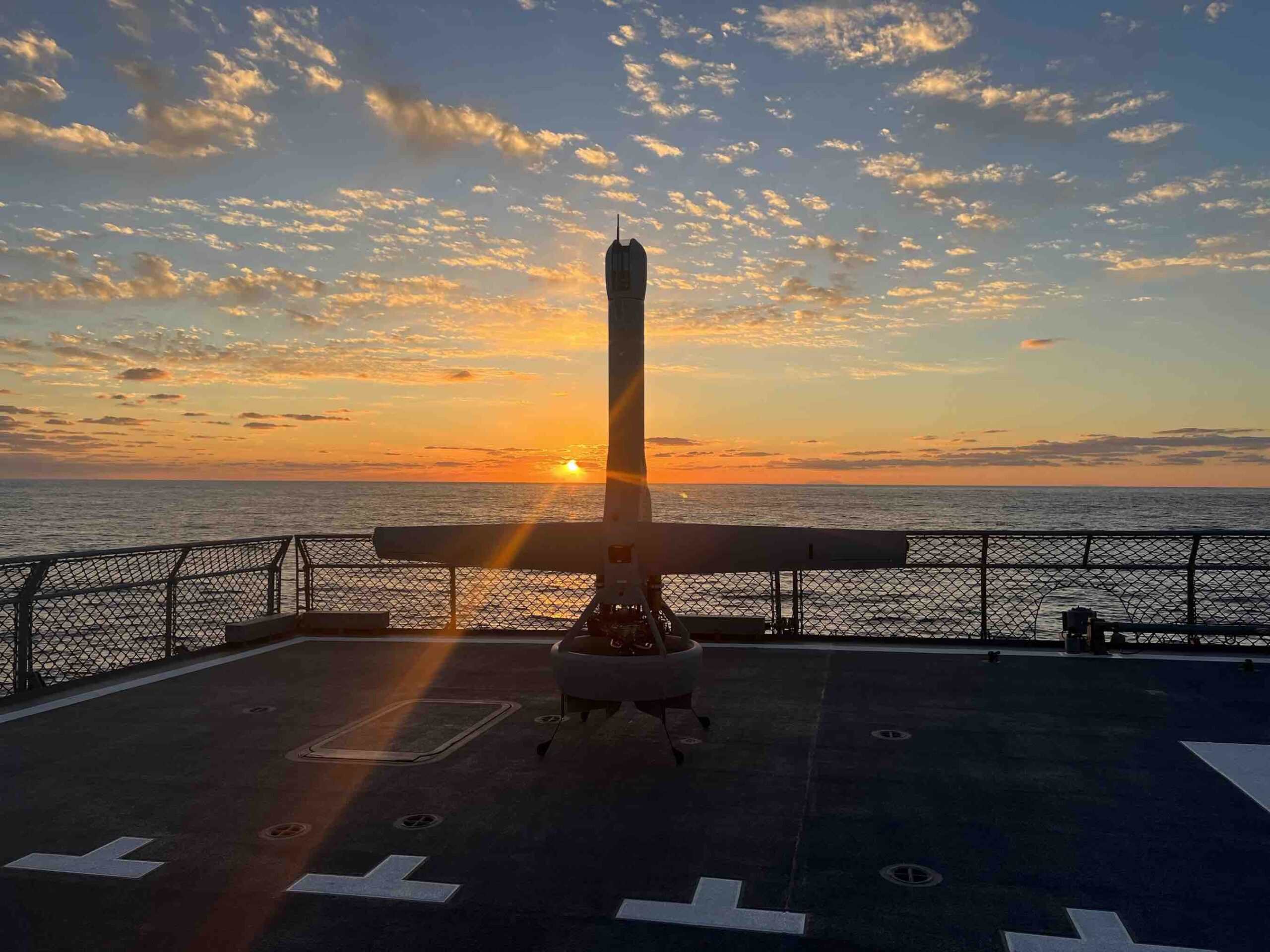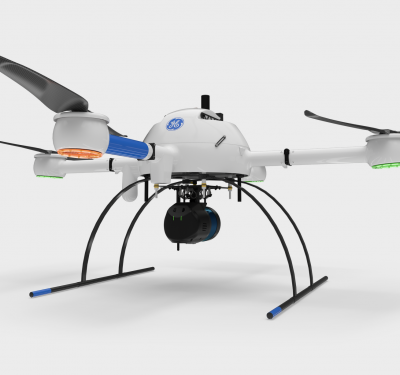Shield AI, the defense technology company building an AI-powered autonomy software platform and tools for the world, announced that its V-BAT UAS has been selected by the Japan Maritime Self-Defense Force (JMSDF) as the country’s first-ever maritime-based intelligence, surveillance, and reconnaissance (ISR) platform. V-BAT will provide advanced ISR capabilities to JMSDF surface vessels, reinforcing Japan’s defense posture and operational readiness in the Indo-Pacific region.

This milestone deal represents the beginning of a planned multi-year stream of increasing V-BAT orders to support JMSDF operations. Under the agreement, the JMSDF will acquire multiple V-BAT UAS from Shield AI, enhancing the surveillance and intelligence-gathering capabilities of its surface vessels.
“Japan is a vital ally in the Indo-Pacific and critical to regional deterrence efforts, and this partnership strengthens Japan’s ability to respond effectively to crises and ensures they are equipped with a reliable and proven platform for maritime ISR missions,” said Brandon Tseng, Shield AI’s President, Co-founder, and former Navy SEAL. “The JMSDF’s selection of V-BAT reflects their understanding of the future of warfare—where operational success requires blending high-cost assets with intelligent, affordable unmanned systems like V-BAT. Every U.S. and allied maritime vessel should be equipped with V-BAT to provide shipborne ISR capabilities wherever and whenever they are needed, and it’s fantastic to be making that vision a reality with JMSDF.”
The V-BAT is the only single-engine, ducted-fan, vertical takeoff and landing (VTOL) UAS that is operationally deployed across multiple regions globally. With its unique ducted-fan design and the ability to launch and recover in confined spaces, it is ideally suited for shipborne and austere environments, ensuring flexibility and resilience in complex missions. V-BAT has earned its reputation for reliability, operating with impunity even in GPS- and comms-denied environments. Its proven performance in contested regions like Ukraine, the Black Sea, and the Indo-Pacific demonstrates its ability to withstand advanced electronic warfare threats that have grounded many traditional drones.






